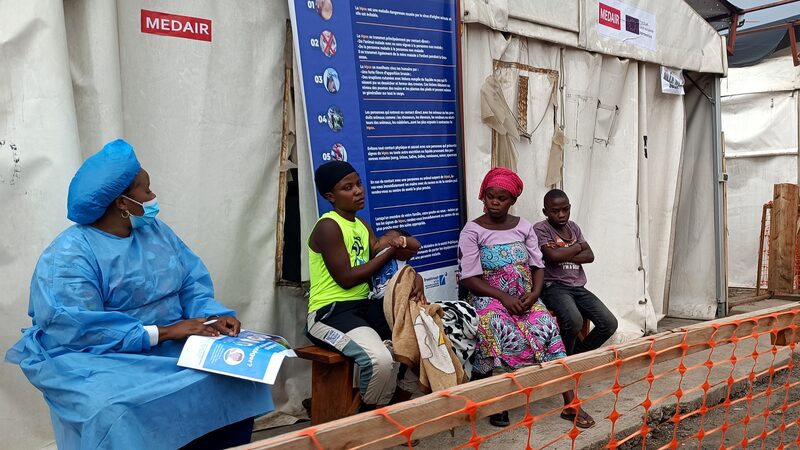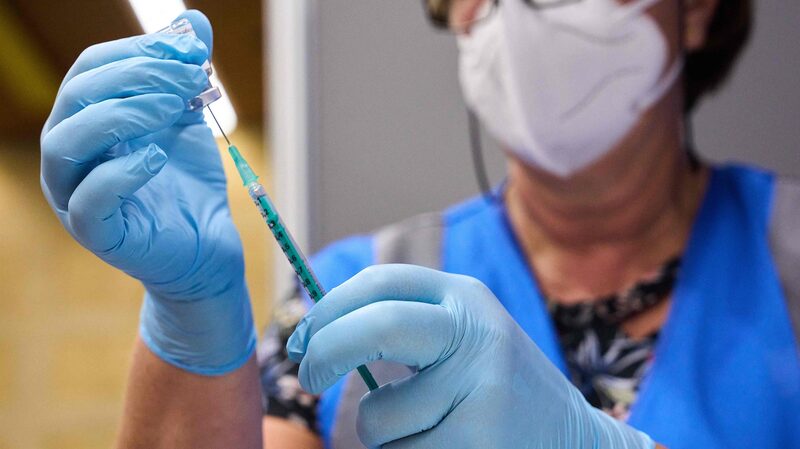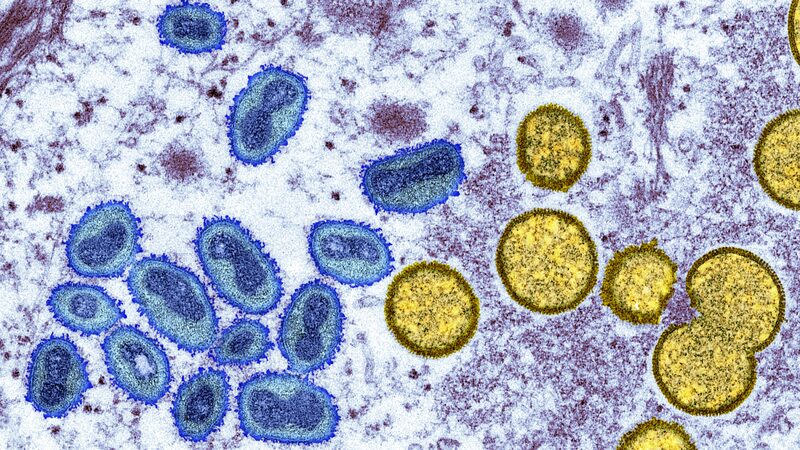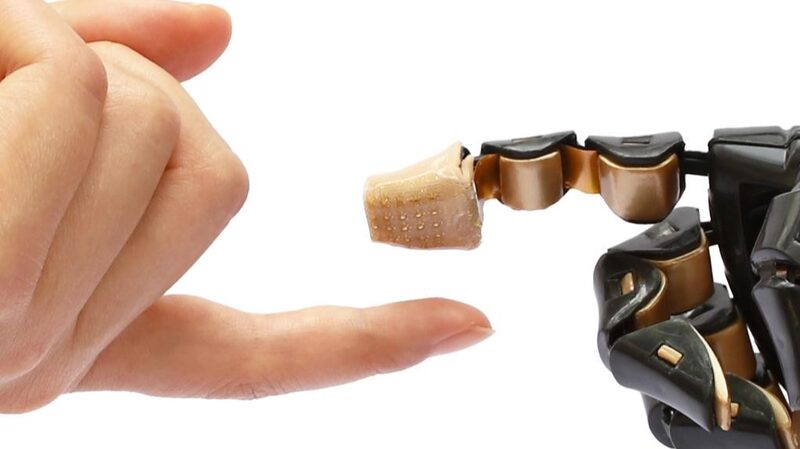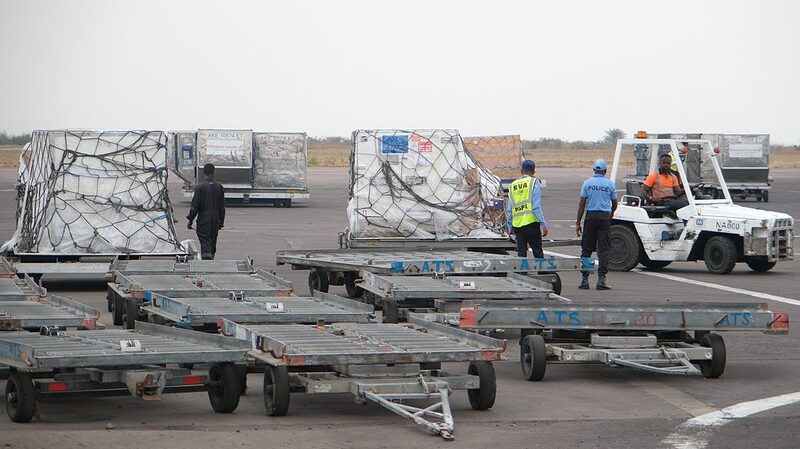The World Health Organization (WHO) has approved the first diagnostic test for mpox under its Emergency Use Listing (EUL), marking a significant step in combating the spread of the disease worldwide. Developed by Abbott Laboratories, the test aims to enhance detection capabilities in countries grappling with mpox outbreaks.
The Alinity m MPXV assay utilizes real-time polymerase chain reaction (PCR) technology to identify mpox virus DNA from human skin lesion samples. Designed for use by trained laboratory professionals, this diagnostic tool is expected to facilitate rapid and accurate identification of the virus, aiding in timely response efforts.
Yukiko Nakatani, WHO’s Assistant Director-General for Access to Medicines and Health Products, highlighted the importance of this approval. “The listing of the first mpox diagnostic test is a key milestone in expanding testing availability in regions affected by the disease,” she stated.
The Emergency Use Listing procedure allows for a risk-based assessment of unlicensed vaccines, tests, and treatments, expediting their availability during public health emergencies. This mechanism is crucial in ensuring that effective tools reach populations in need without undue delay.
Currently, the WHO is evaluating three additional mpox diagnostic tests for potential emergency use authorization. Discussions are also underway with other manufacturers to further expand the availability of diagnostic solutions for the virus.
In August, the WHO called on diagnostic manufacturers to submit their products for emergency review, emphasizing the urgent need for effective testing, especially in low-income countries. Enhanced testing capabilities are vital for early detection and containment of mpox outbreaks.
Mpox was declared a global public health emergency in August for the second consecutive year following an outbreak in the Democratic Republic of the Congo. The disease has since spread to neighboring countries, including Burundi, Uganda, and Rwanda, highlighting the need for robust diagnostic tools.
Reference(s):
cgtn.com
